Home>Garden Essentials>How To Get Into Garden Design With Native Plants On The West Coast
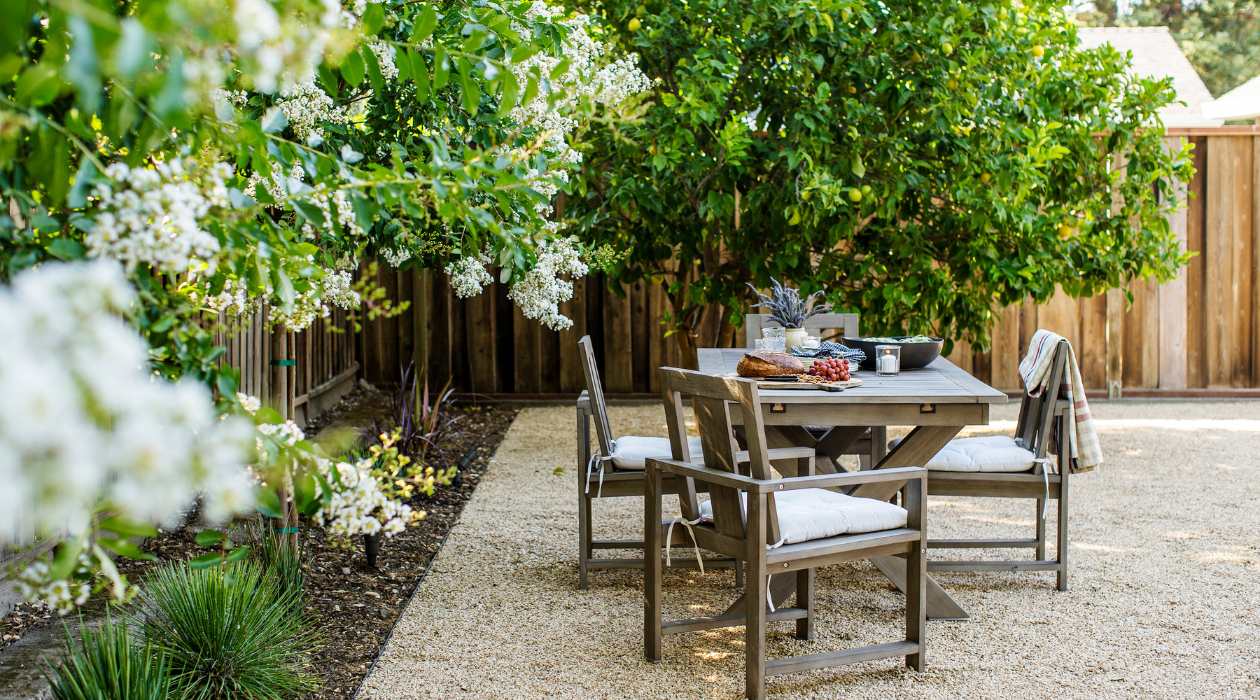

Garden Essentials
How To Get Into Garden Design With Native Plants On The West Coast
Modified: April 28, 2024
Learn how to create stunning garden designs using native plants on the West Coast. Discover expert tips and techniques for incorporating the beauty of the region into your garden.
(Many of the links in this article redirect to a specific reviewed product. Your purchase of these products through affiliate links helps to generate commission for Storables.com, at no extra cost. Learn more)
Introduction
Welcome to the world of garden design with native plants on the West Coast! If you have a passion for gardening and a desire to create a beautiful yet sustainable outdoor space, incorporating native plants into your garden design is a fantastic choice. Not only do native plants offer unique beauty and a sense of place, but they also provide numerous benefits for both the environment and the local ecosystem.
Native plants are species that naturally occur in a specific region and have adapted to the local climate, soil conditions, and wildlife. They play a crucial role in maintaining biodiversity, supporting pollinators, and conserving water. When used in garden design, native plants can create a harmonious and balanced landscape that requires less maintenance and is resilient to the challenges of the West Coast climate.
Whether you are a seasoned gardener or just starting on your horticultural journey, this article will guide you through the process of incorporating native plants into your garden design. We will explore the benefits of using native plants, discuss the unique characteristics of the West Coast climate, provide tips for selecting the right native plants for your garden design, and offer insights on designing and maintaining a native plant garden.
So, roll up your sleeves and get ready to dive into the world of garden design with native plants on the West Coast. Let’s create a beautiful, sustainable, and vibrant outdoor space that not only enhances our own well-being but also contributes to the preservation of our natural environment.
Key Takeaways:
- Embrace native plants in your West Coast garden for eco-friendly, low-maintenance beauty that supports local wildlife and conserves water.
- Understand the West Coast climate to select native plants that thrive, and design a visually captivating, sustainable garden with layers and textures.
Benefits of Using Native Plants in Garden Design
When it comes to garden design, incorporating native plants holds a myriad of benefits. These plants have evolved over time to thrive in their specific region, making them well-adapted to local conditions. Here are some of the key benefits of using native plants in your garden design on the West Coast:
- Eco-Friendliness: Native plants are an eco-friendly choice as they require minimal water, fertilizers, and pesticides once established. They have evolved to withstand the local climate, making them more resilient and less dependent on human intervention.
- Biodiversity and Habitat: By including native plants in your garden design, you provide essential habitats for a variety of local wildlife, including birds, butterflies, bees, and other beneficial insects. Native plants offer food sources, nesting materials, and shelter for these creatures, contributing to the overall biodiversity of the area.
- Water Conservation: Water scarcity is a significant concern on the West Coast, and native plants can help address this issue. These plants are typically drought-tolerant and require less irrigation than non-native species. By using native plants, you can conserve water and reduce your overall water consumption.
- Low Maintenance: Native plants have adapted to the local conditions, making them well-equipped to thrive without excessive care. Once established, they generally require less maintenance, including less watering, pruning, and pest control. This translates to less time spent on garden maintenance and more time to enjoy your outdoor space.
- Sense of Place: Using native plants in your garden design creates a unique sense of place. It connects your garden to the surrounding landscape, blending seamlessly into the natural environment. A garden rich in native plants reflects the authentic beauty and character of the West Coast region.
- Educational and Cultural Value: Native plants have cultural and historical significance, representing the region’s natural heritage. By incorporating native plants into your garden design, you can educate others about the importance of preserving local ecosystems and contribute to the conservation of native plant species.
By harnessing the benefits of native plants, you can create a sustainable, resilient, and visually captivating garden design that harmonizes with the natural environment of the West Coast. So, let’s explore how to select the right native plants for your garden design based on the unique characteristics of the West Coast climate.
Understanding the West Coast Climate
The West Coast of the United States is known for its diverse climate, influenced by factors such as latitude, proximity to the ocean, and topography. It is important to understand the unique characteristics of the West Coast climate to select native plants that can thrive in your garden. Here are some key aspects to consider:
- Mild Winters: The West Coast experiences relatively mild winters compared to other regions. Frost is rare in coastal areas, but some inland regions may have frosty nights. However, frost-tolerant native plants can still thrive in these areas.
- Summer Droughts: The West Coast is prone to dry summers, especially in Mediterranean climate zones like California. Native plants that are adapted to summer drought conditions are an excellent choice for water-efficient garden design.
- Maritime Influence: Coastal regions of the West Coast are heavily influenced by the ocean, resulting in moderate temperatures throughout the year. Coastal areas also experience higher humidity and salt-laden winds, which can impact plant selection and maintenance.
- Temperature Variations: Despite the overall mild climate, there can be temperature variations across the West Coast. Inland regions may experience hotter summers and colder winters compared to coastal areas. Native plants that can tolerate a wide range of temperatures are ideal for creating a resilient garden.
- Rainfall Patterns: Rainfall patterns vary along the West Coast, with areas like the Pacific Northwest receiving significant rainfall throughout the year, while southern California experiences drier conditions. Native plants that are adapted to the local rainfall patterns will require less water and maintenance.
- Fire-Prone Areas: Some regions of the West Coast, particularly in California, are prone to wildfires. If you live in a fire-prone area, it is important to select fire-resistant native plants and incorporate fire-safe design principles into your garden.
By understanding the specific characteristics of the West Coast climate, you can select native plants that are well-suited to thrive in your garden. This will help create a sustainable and resilient landscape that requires less water, maintenance, and intervention. Now, let’s dive into the exciting process of selecting native plants for your garden design.
Selecting Native Plants for Garden Design
Choosing the right native plants for your garden design on the West Coast is a vital step in creating a beautiful and sustainable outdoor space. Here are some tips to help you select the perfect native plants:
- Research Local Native Plant Species: Start by researching the native plant species that are indigenous to your specific region on the West Coast. Consider factors such as climate, soil conditions, and water availability. Local botanical gardens, nurseries specializing in native plants, and online resources can provide valuable information on native plant species in your area.
- Consider Your Garden’s Microclimates: Within your garden, different areas may have varying microclimates due to factors such as sun exposure, drainage, and wind patterns. Observe these microclimates and select native plants that are well-suited to each area’s conditions. For example, sun-loving plants should be placed in sunny spots, while shade-tolerant species can thrive in shadier areas.
- Assess Soil Conditions: Native plants have evolved to adapt to specific soil types in their region. Determine the soil type in your garden, whether it’s sandy, clayey, or loamy, and choose native plant species that thrive in those soil conditions. You can conduct a soil test or seek advice from local gardening experts if needed.
- Consider Bloom Times and Colors: Native plants offer a wide range of colors and bloom times, allowing you to create a visually stunning garden throughout the year. Consider incorporating a mix of plants that bloom in different seasons, ensuring your garden has year-round interest and provides food sources for pollinators throughout the seasons.
- Utilize Native Plant Communities: Native plants often grow together in natural communities, supporting and complementing one another. To create a more ecologically balanced garden, consider grouping native plants from the same community. This will enhance biodiversity and create a more cohesive and natural-looking design.
- Consider Wildlife Value: Native plants provide essential food and habitat for local wildlife. Choose species that attract pollinators such as bees, butterflies, and hummingbirds, as well as species that offer shelter and food for birds and other wildlife. By creating a wildlife-friendly garden, you contribute to the conservation of local ecosystems.
- Visit Native Plant Gardens or Local Nature Reserves: Take inspiration from existing native plant gardens or visit local nature reserves to observe native plants in their natural habitats. Seeing how native plants interact and thrive in their surroundings can help inform your garden design choices.
Remember, selecting native plants is not only about their visual appeal but also about creating a sustainable and biodiverse garden that supports the local ecosystem. Take the time to research and choose native plants that are well-suited to your specific garden conditions, and you’ll be on your way to creating a stunning native plant garden on the West Coast.
When getting into garden design with native plants on the West Coast, start by researching which native plants thrive in your specific area. Consider factors like soil type, sun exposure, and water requirements to create a successful and sustainable garden.
Designing with Native Plants on the West Coast
Designing a garden with native plants on the West Coast offers an opportunity to create a visually captivating and environmentally sustainable outdoor space. Here are some tips to help you create a well-designed native plant garden:
- Consider the Overall Design: Start by envisioning the overall design and layout of your garden. Consider factors such as the size and shape of your outdoor space, the desired focal points, and the flow of movement through the garden. Incorporate native plants into your design in a way that enhances the natural beauty of the West Coast landscape.
- Create Layers and Textures: Native plants offer a diverse range of forms, heights, and textures. Incorporate plants with varying heights, from groundcovers to shrubs and trees, to create layers and add visual interest to your garden. Mixing different textures, such as feathery foliage, grasses, and blooming flowers, adds depth and complexity to the design.
- Use Native Plants as Anchors: Select a few key native plants that anchor your garden design and serve as focal points or centerpieces. These anchor plants can be large trees, shrubs with unique forms, or native plants with eye-catching blooms. Arrange other plantings around these anchors to create balance and cohesion.
- Blend Native Plants with Non-Natives: While the focus is on native plants, there’s no rule against incorporating non-native plants that are well-adapted to the local climate and compatible with native species. Carefully choose non-native plants that complement the native plant palette and ensure they don’t become invasive or compete with native species.
- Consider Seasonal Interest: Incorporate native plants that offer year-round interest in their foliage, flowers, or seed heads. Aim for a garden that engages the senses throughout the seasons, with vibrant blooms in spring and summer, colorful foliage in fall, and attractive seed pods or bark in winter.
- Integrate Hardscape Elements: Balance the planting of native plants with well-designed hardscape elements, such as paths, patios, and seating areas. Choose materials that harmonize with the natural surroundings and allow for easy movement throughout the garden. Hardscape elements can provide structure and define areas within the garden.
- Go Native in Containers: Don’t limit native plants to just your garden beds. Utilize containers to showcase native plants on patios, balconies, or any small outdoor space. Use a mix of native plants with contrasting textures and colors to create eye-catching container displays.
- Consider Long-Term Maintenance: Native plants generally require less maintenance once established, but it’s important to consider their long-term care. Plan for regular watering during the establishment period, and ensure proper irrigation methods are in place. Mulching can help conserve moisture and suppress weed growth. Regularly monitor the health of your native plants and address any issues promptly.
Designing with native plants on the West Coast allows you to create a sustainable and visually appealing garden that reflects the unique beauty of the region. Embrace the natural characteristics of native plants and take inspiration from the surrounding landscape. With thoughtful planning and execution, your native plant garden will be a true reflection of your love for the West Coast and its natural heritage.
Maintaining a Native Plant Garden
Maintaining a native plant garden on the West Coast is relatively low maintenance once the plants are established. Native species have adapted to the local climate and soil conditions, making them more resilient and well-suited to thrive with minimal intervention. Here are some key tips to keep your native plant garden thriving:
- Watering: Although native plants are generally drought-tolerant, proper watering is crucial during the establishment period. Water your plants deeply and infrequently, allowing the soil to dry out between waterings. Once established, native plants should rely on natural rainfall and require little to no additional watering.
- Mulching: Apply a layer of organic mulch around your native plants to conserve moisture, suppress weed growth, and provide insulation for the roots. Use materials like wood chips, bark, or leaf litter and ensure the mulch is spread evenly without covering the plant’s base.
- Weeding: While native plants generally outcompete weeds once established, it is still important to monitor your garden for invasive plants or weeds that may compete for resources. Regularly remove any unwanted vegetation and maintain a weed-free environment to ensure the health and growth of your native plants.
- Pruning and Trimming: Native plants usually require minimal pruning. However, it is essential to remove any dead or damaged branches to maintain the plant’s health and appearance. Prune selectively to shape your plants, but be cautious not to over-prune, as it may disrupt their natural form and growth habit.
- Fertilizing: Native plants are adapted to the nutrient levels found in their specific region. In most cases, they do not require additional fertilization. However, if you find signs of nutrient deficiency, it is best to use slow-release organic fertilizers specifically formulated for native plants and follow the recommended application rates.
- Monitoring for Pests and Diseases: Native plants are generally more resistant to pests and diseases compared to non-native species. However, it is still important to monitor your garden for any signs of pest infestation or diseases. Early detection and intervention are key to preventing widespread damage. Use organic pest control methods when necessary to minimize any negative impact on the ecosystem.
- Encourage Wildlife: Native plants provide valuable food and habitat for pollinators, birds, and other wildlife. Encourage wildlife to visit your garden by providing bird feeders, bird baths, and butterfly houses. Avoid using chemical pesticides or herbicides that may harm beneficial insects and wildlife.
- Educate Yourself: Keep learning about native plants, their requirements, and the local ecosystem. Stay updated on best practices for maintaining a native plant garden on the West Coast. Join local native plant societies, attend workshops, and connect with fellow gardeners to exchange knowledge and experiences.
Maintaining a native plant garden is about fostering a harmonious and sustainable ecosystem. By following these maintenance tips, you can ensure the longevity and beauty of your garden while supporting the local environment and wildlife.
Conclusion
Congratulations on your journey into the world of garden design with native plants on the West Coast! By incorporating native plants into your garden design, you have taken a significant step towards creating a sustainable and environmentally friendly outdoor space. Native plants offer a multitude of benefits, from eco-friendliness and water conservation to supporting biodiversity and providing a sense of place.
Understanding the unique characteristics of the West Coast climate is key to successfully incorporating native plants in your garden. Be mindful of the mild winters, summer droughts, maritime influence, temperature variations, and rainfall patterns that shape the region. Select native plants that thrive in your specific area’s conditions and create a garden that reflects the authentic beauty of the West Coast.
When choosing native plants, consider the research you’ve conducted on local species, microclimates in your garden, soil conditions, and the bloom times and colors you desire. Blend native plants with non-natives, create layers and textures, and utilize hardscape elements to enhance your garden design. Remember to think long-term and consider the maintenance needs of your native plant garden.
Once your garden is established, maintenance becomes relatively low. Proper watering, mulching, weeding, and pruning are essential for healthy growth. Monitor for pests and diseases, encourage wildlife, and continue educating yourself on native plants and the local ecosystem.
By designing and maintaining a native plant garden on the West Coast, you are not only creating a beautiful and sustainable space for yourself but also contributing to the preservation of the region’s natural heritage. Your garden will attract pollinators, provide a habitat for wildlife, conserve water, and inspire others to embrace native plant gardening.
So, embrace the beauty and possibilities of native plant garden design on the West Coast. Let your creativity flourish, and enjoy the rewards of a garden that harmonizes with the natural landscape and brings you closer to the wonders of nature.
Frequently Asked Questions about How To Get Into Garden Design With Native Plants On The West Coast
Was this page helpful?
At Storables.com, we guarantee accurate and reliable information. Our content, validated by Expert Board Contributors, is crafted following stringent Editorial Policies. We're committed to providing you with well-researched, expert-backed insights for all your informational needs.
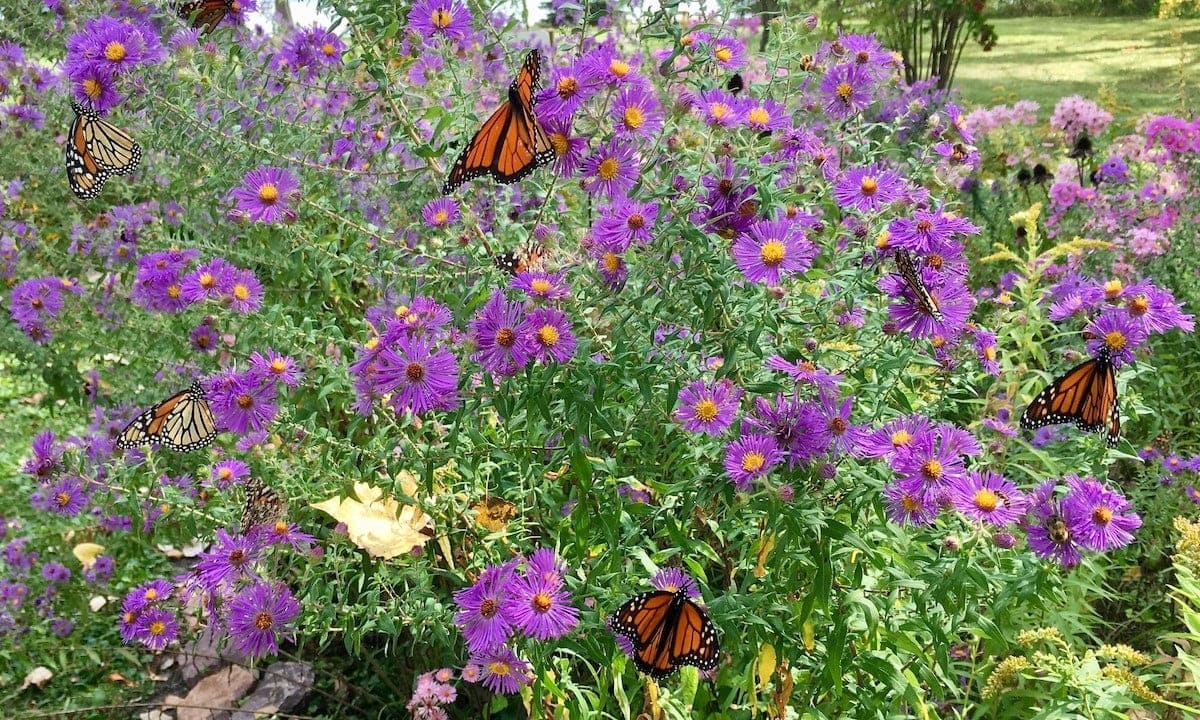
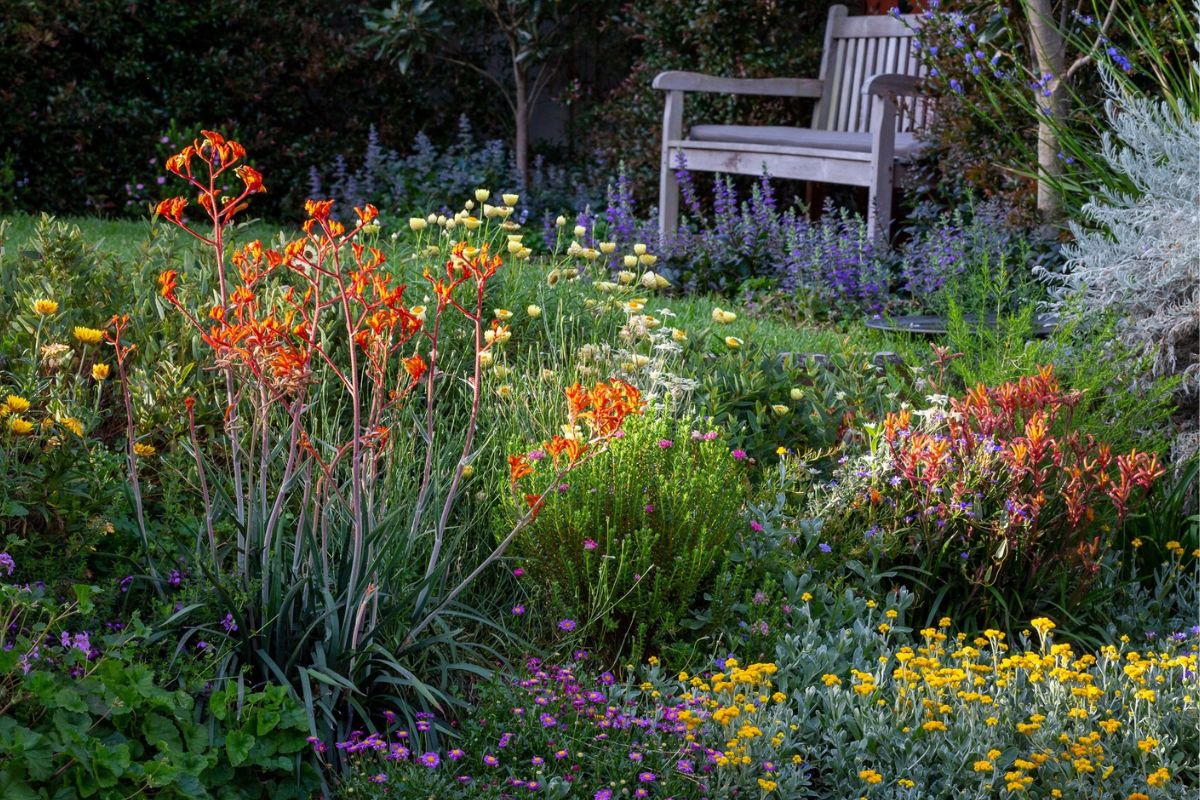
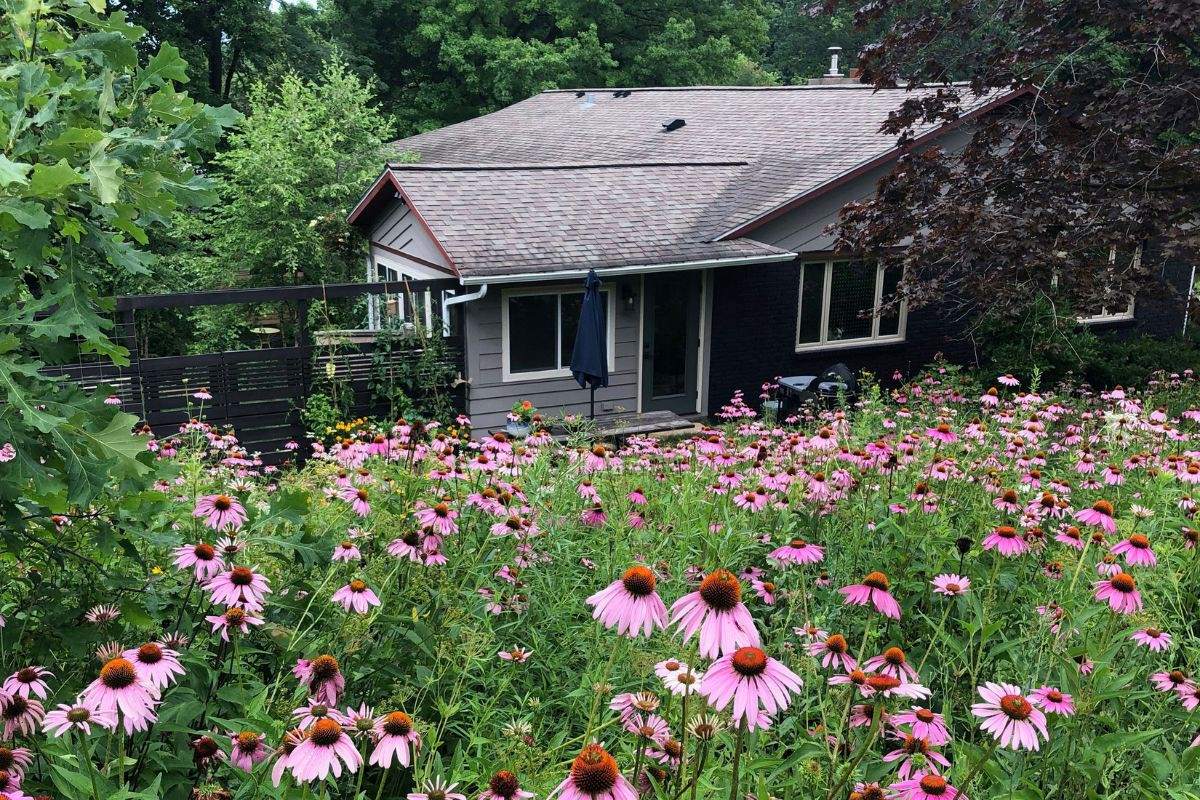
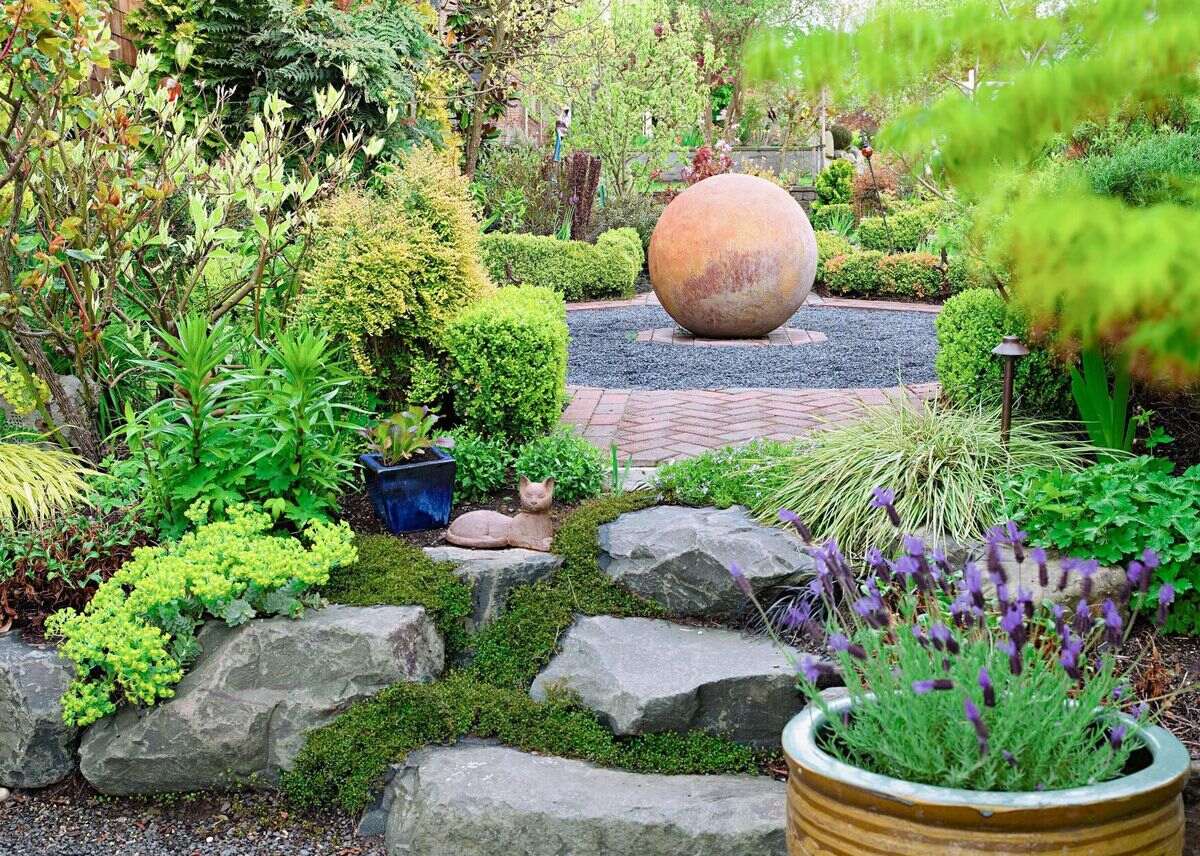
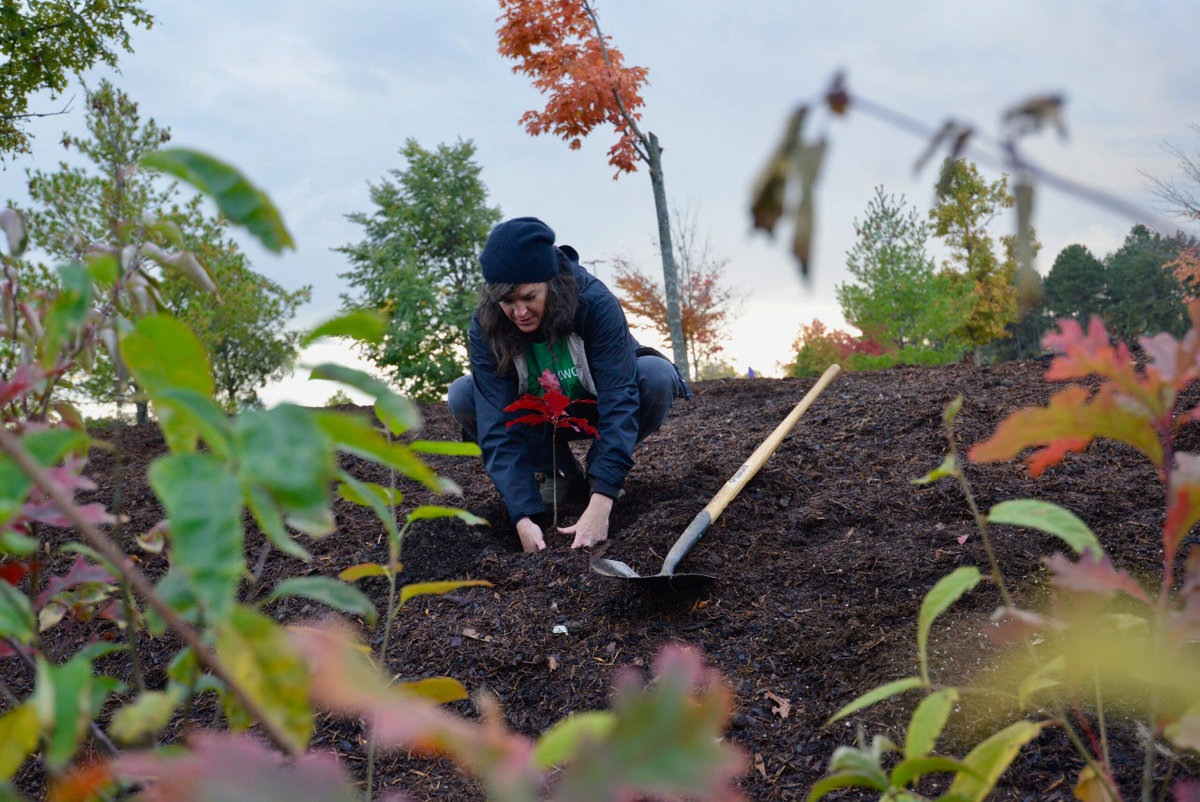
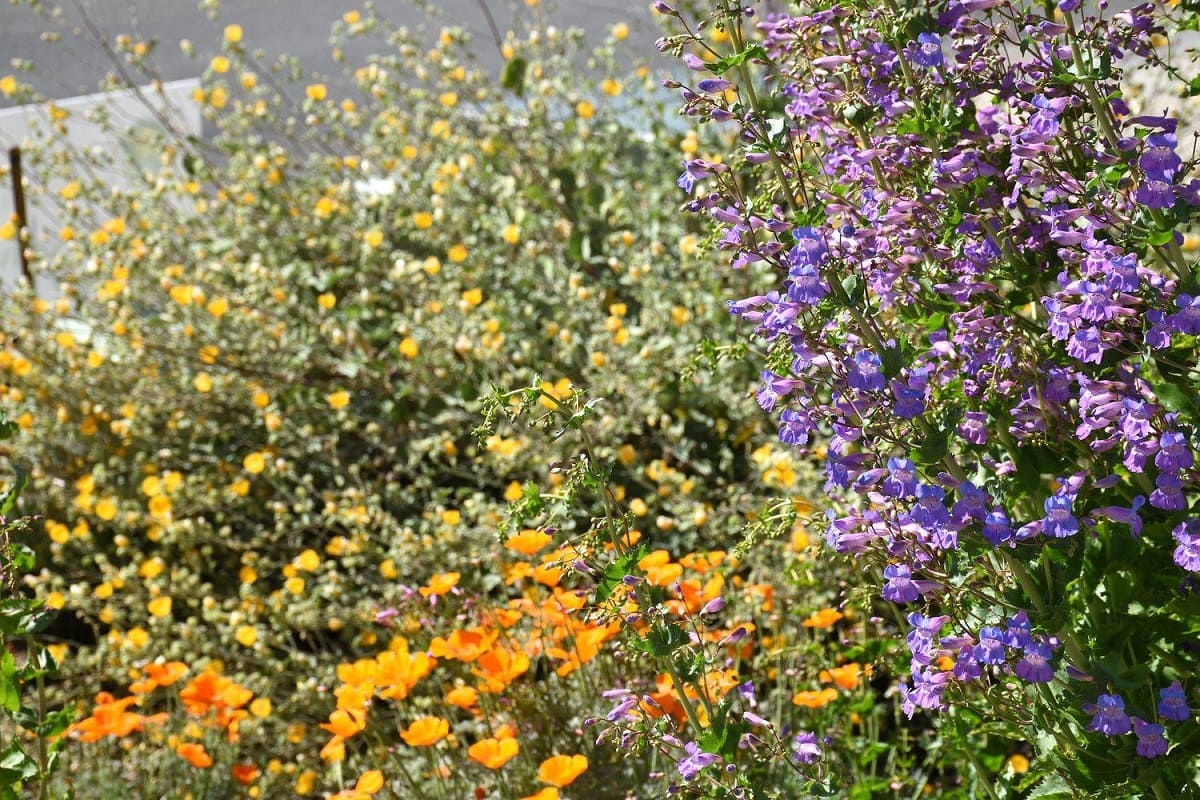
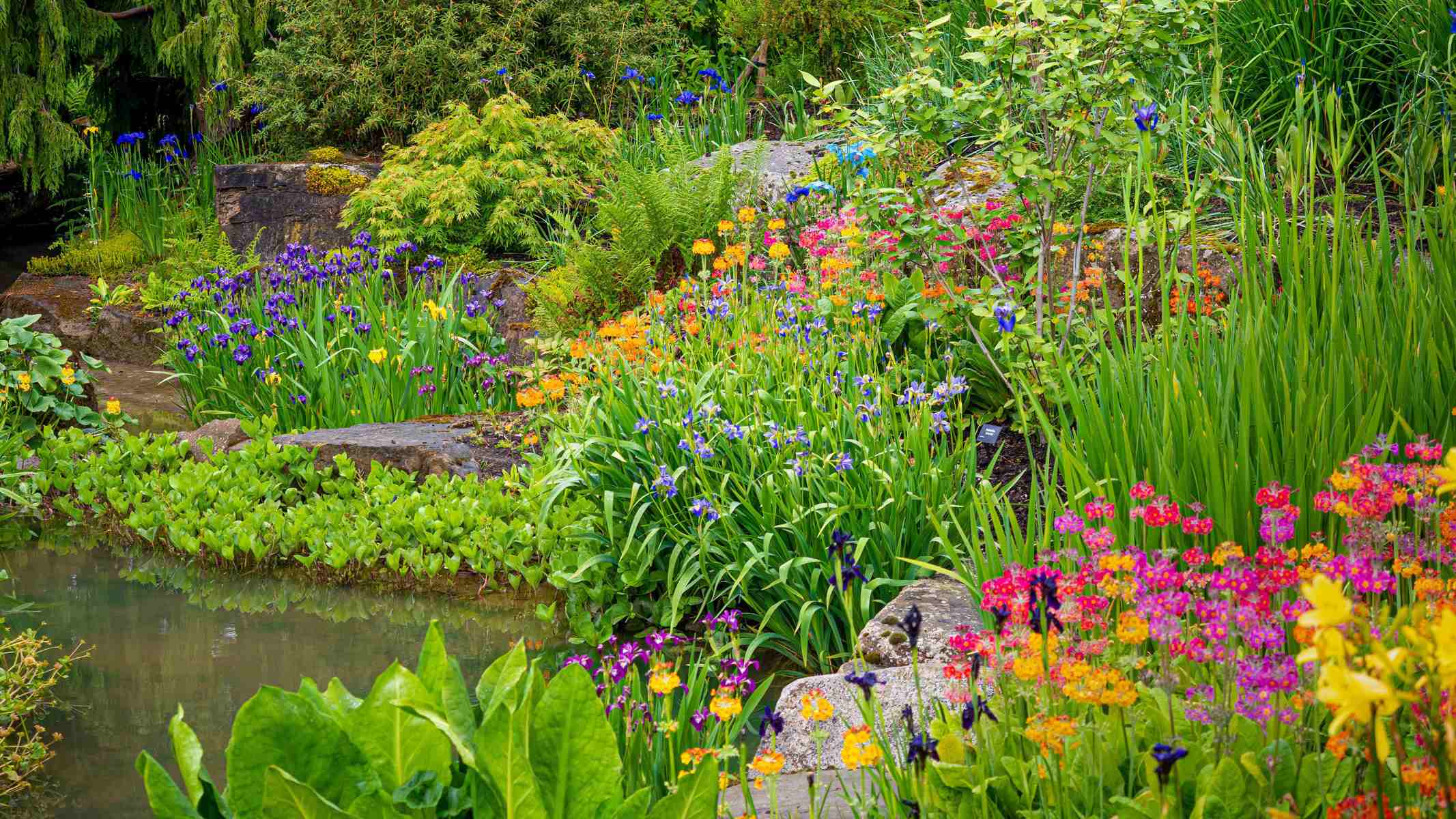
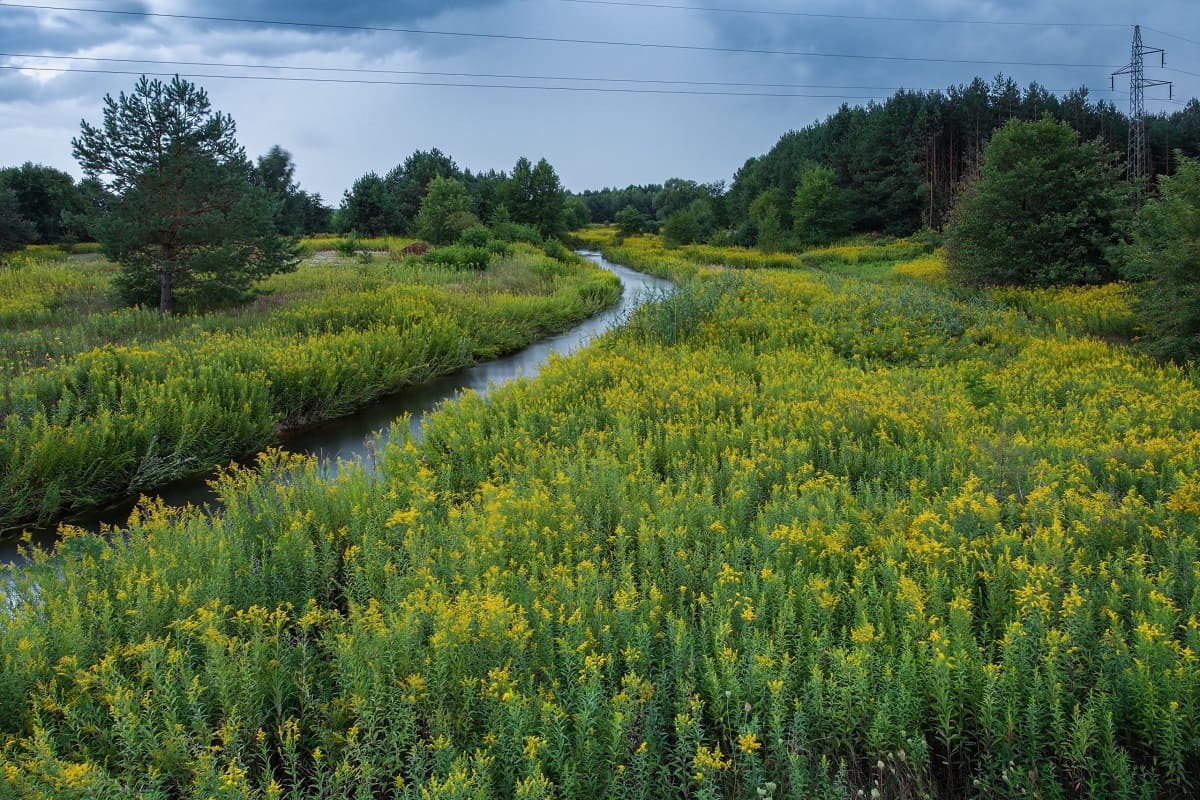

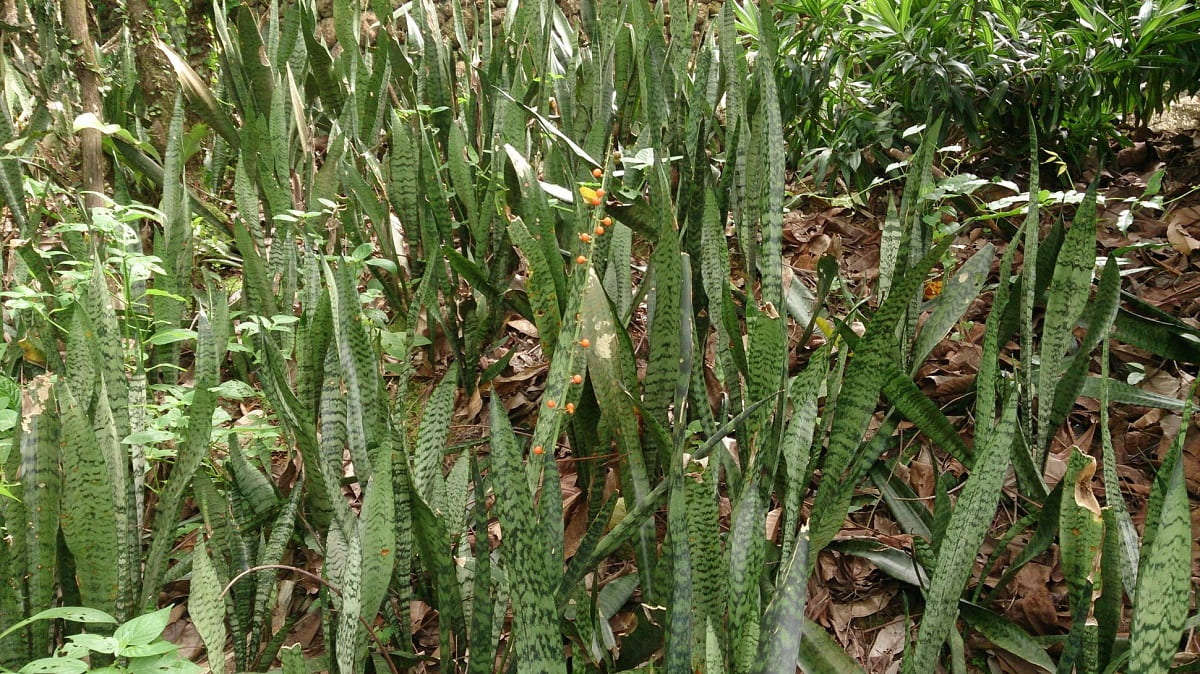
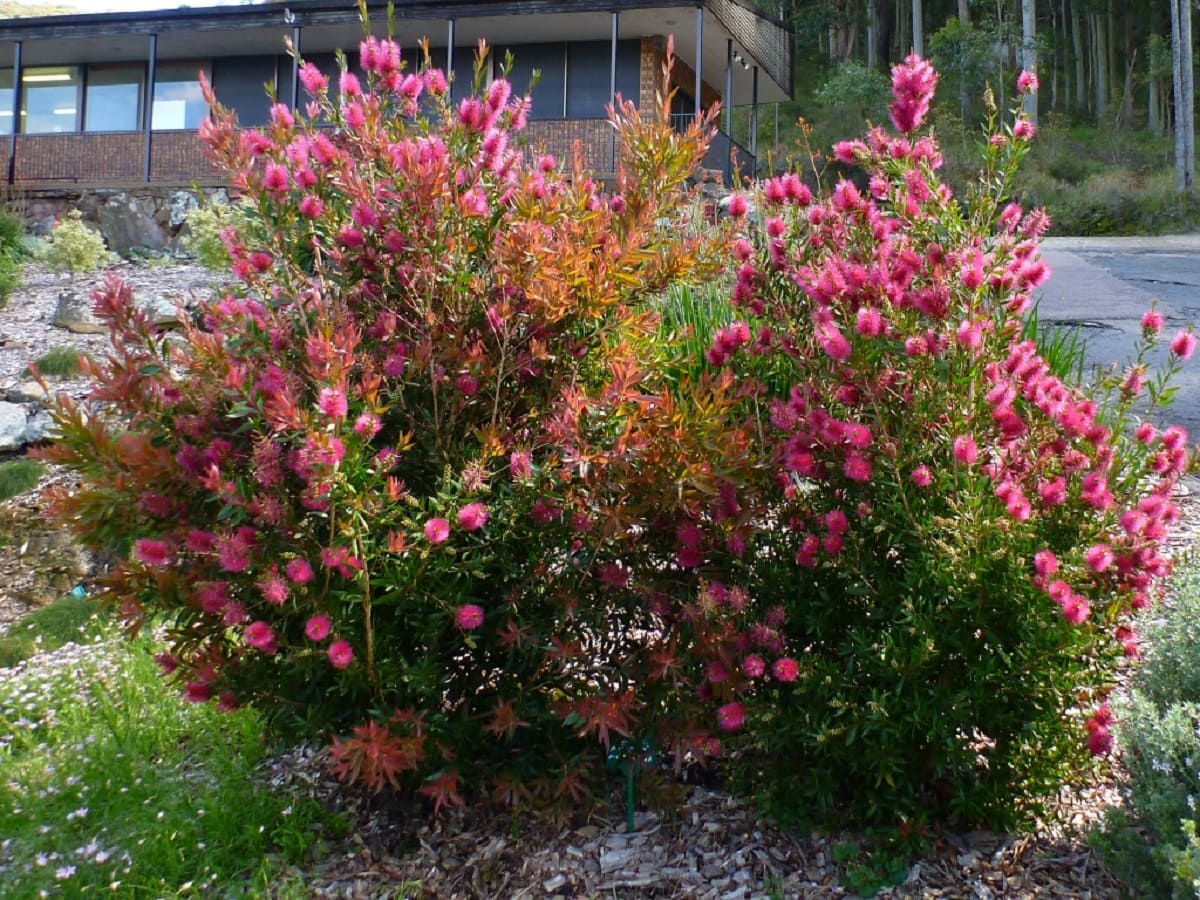
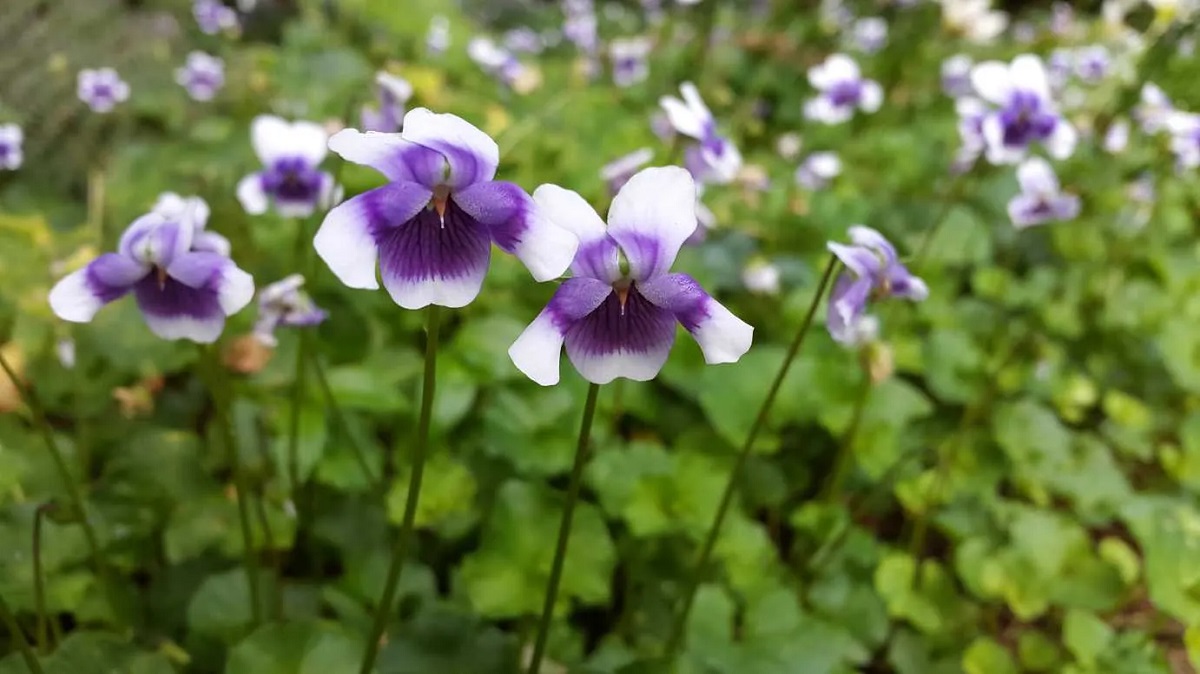
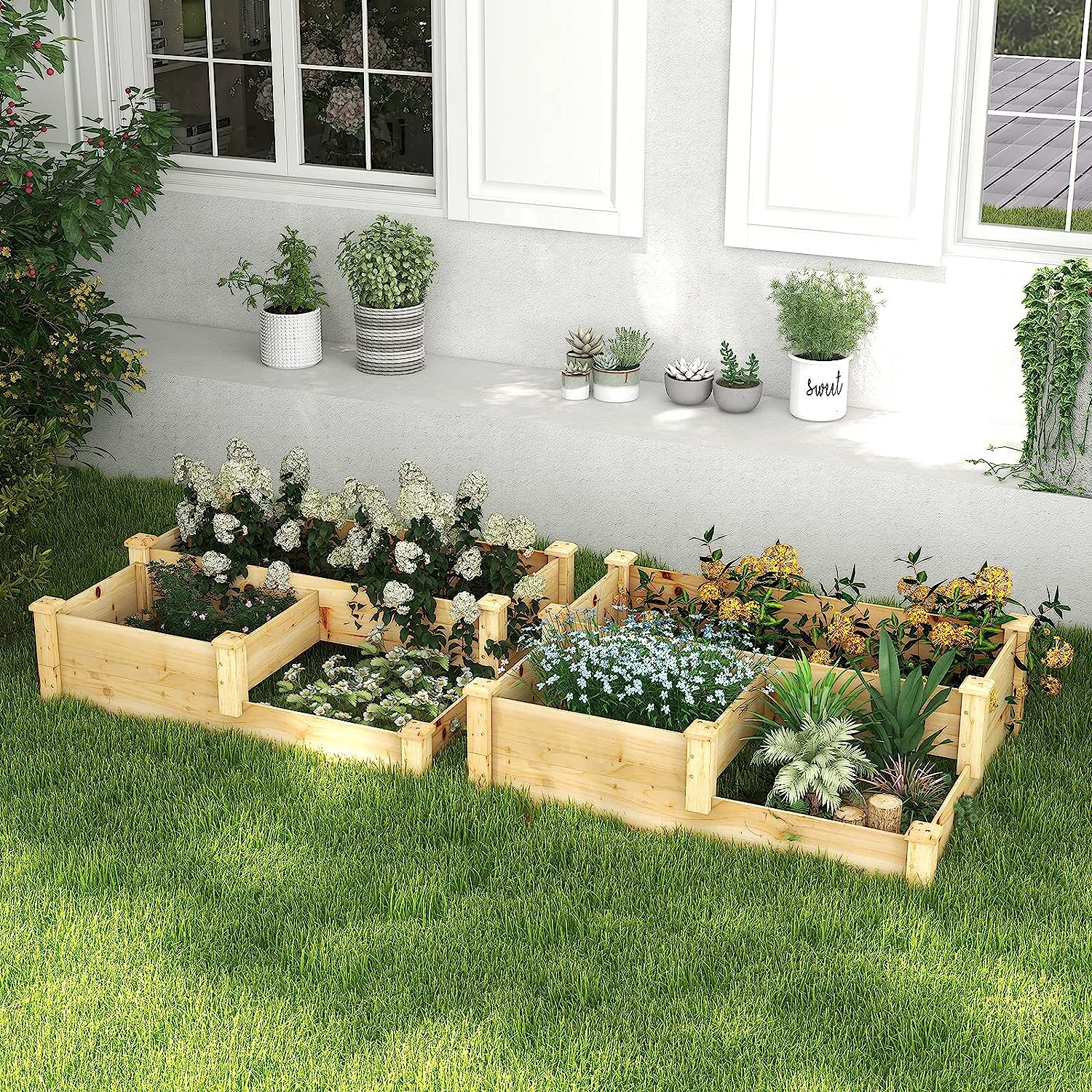
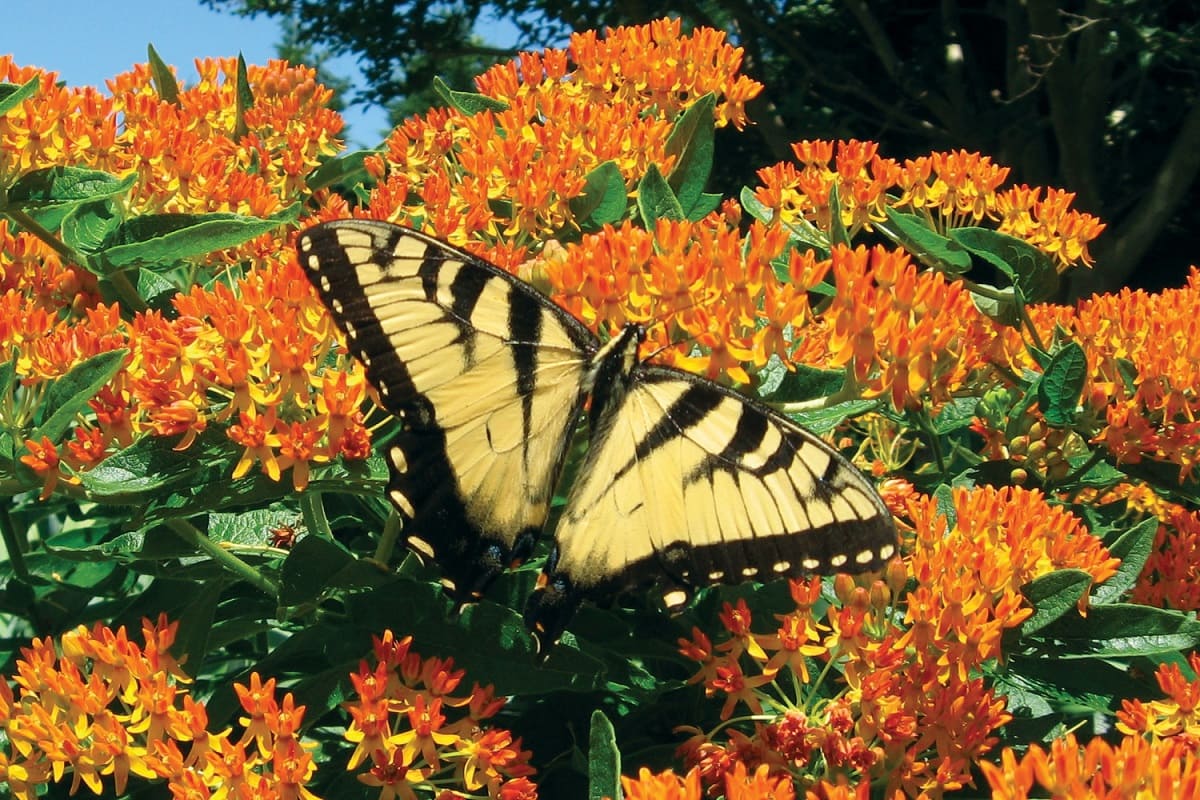

0 thoughts on “How To Get Into Garden Design With Native Plants On The West Coast”